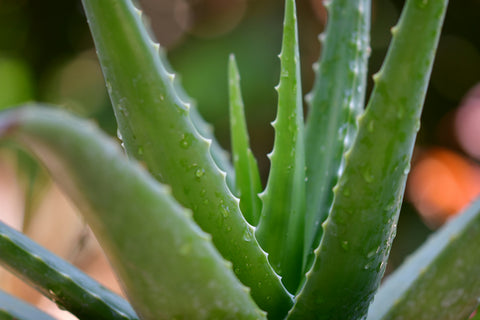The Best Indoor Plants for Better Air Quality

In our quest for healthier living and cleaner indoor environments, the addition of indoor plants has become a popular trend. Not only do they bring a touch of nature into our homes, but certain plants also have the ability to improve air quality. NASA's Clean Air Study, along with other research, has highlighted a variety of plants that can detoxify the air from harmful chemicals and pollutants. Here’s a roundup of the best indoor plants that can help you breathe easier and make your home or office a healthier space.
1. Spider Plant (Chlorophytum comosum)
The spider plant is a resilient and easy-to-care-for green buddy. It's particularly good at absorbing carbon monoxide, formaldehyde, and xylene from the air. With its long, variegated leaves and ability to thrive in indirect sunlight, it's perfect for hanging baskets or high shelves. Plus, it's safe for pets and rapidly grows, providing you with numerous baby plants to spread around.

2. Snake Plant (Sansevieria trifasciata)
Also known as Mother-in-Law's Tongue, the snake plant is nearly indestructible and has a striking, upright appearance. It's exceptional for filtering out formaldehyde, which is common in cleaning products, toilet paper, and personal care items. Snake plants are unique because they convert CO2 into oxygen at night, making them ideal for bedrooms to ensure a better night’s sleep.

3. Peace Lily (Spathiphyllum)
The peace lily is not only visually appealing with its glossy leaves and white blooms, but it's also a powerhouse for removing air pollutants, including ammonia, benzene, formaldehyde, and trichloroethylene. Peace lilies prefer shady areas, making them suitable for rooms with little natural light. They do require a bit more water than other indoor plants, but their air-purifying benefits are well worth the extra effort.
4. Boston Fern (Nephrolepis exaltata)
This lush fern is known for its ability to act as a natural humidifier and for removing formaldehyde from the air. Boston ferns thrive in humid conditions and indirect light, making them perfect for bathrooms or kitchens. Regular misting and watering will keep your fern looking fresh and vibrant while it works hard to purify your home environment.

5. Aloe Vera
Beyond its well-known skin-healing benefits, aloe vera is an excellent plant for improving indoor air quality. It helps clear the air of pollutants found in chemical cleaning products, and when the amount of harmful chemicals in the air becomes excessive, the plant's leaves will display brown spots. Aloe vera is easy to grow and requires minimal watering, making it a low-maintenance option for busy individuals.
6. Rubber Plant (Ficus elastica)
Rubber plants are effective at cleaning the air and are especially good at removing formaldehyde. They require less light than many other plants and thrive in cooler temperatures, making them ideal for dimly lit offices or corners of your home. Their large, dark green leaves not only act as natural air purifiers but also add a bold design statement to any room.
7. Bamboo Palm (Chamaedorea seifrizii)
The bamboo palm is a beautiful, tropical plant that thrives in shady indoor spaces and can grow up to six to twelve feet tall. It's excellent for filtering out benzene and trichloroethylene, making it perfect for placing near furniture that may off-gas formaldehyde, like new desks or bookshelves.
Conclusion
Incorporating these plants into your indoor spaces can significantly improve air quality while adding beauty and a sense of tranquility to your environment. Whether you’re a seasoned gardener or a plant novice, there’s a variety of options to suit your lifestyle and space. By choosing the right plants for your home or office, you can create a healthier, more inviting space that not only looks great but feels great too.
